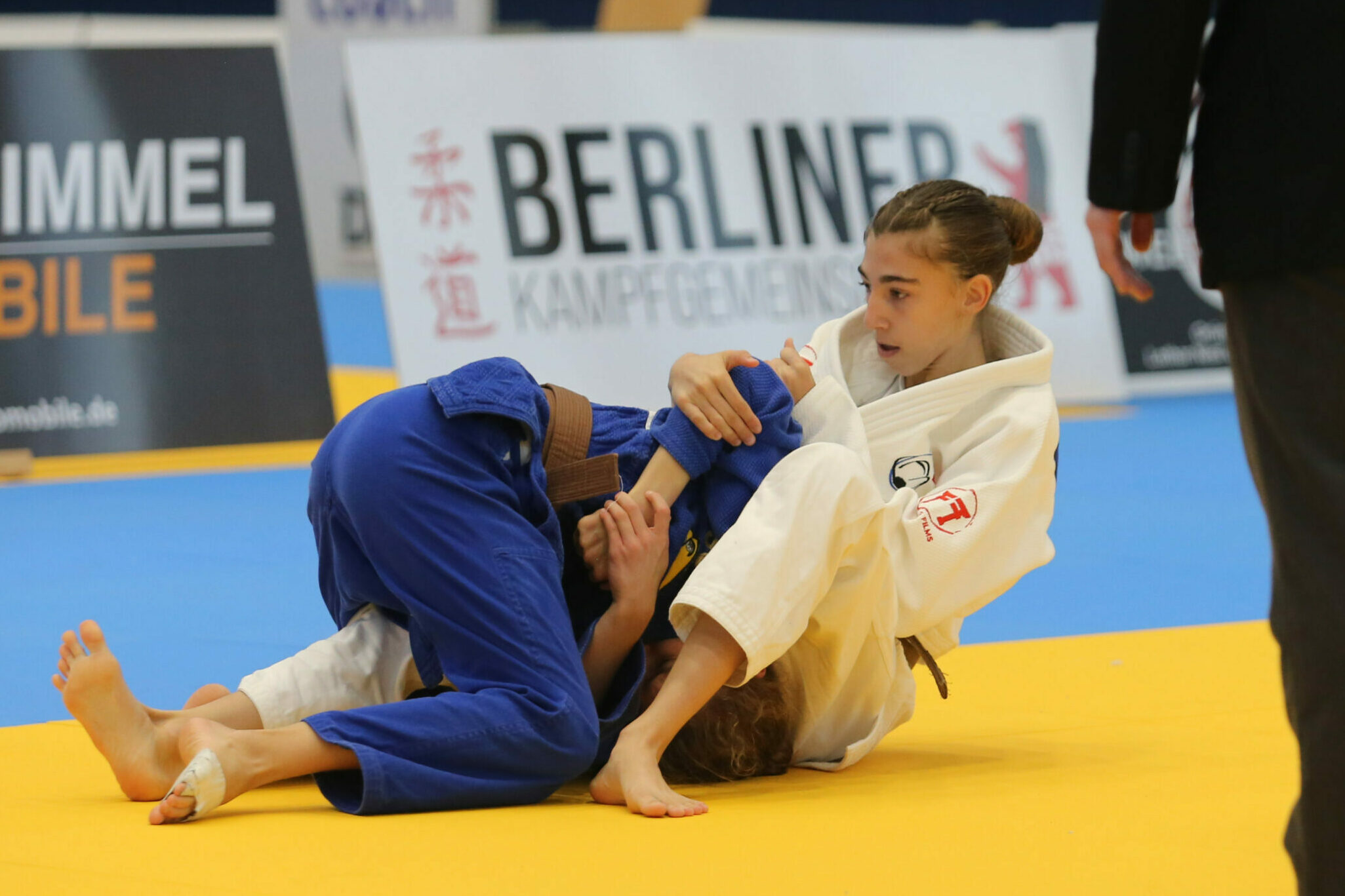In December, the International Judo Federation ( IJF ) announced the new judo rules for the new Olympiad, up to Los Angeles in 2028. These changes are quite numerous and will become active from the Paris Grand Slam onwards.
Judo’s rules are constantly evolving, and these adjustments, which will come into force early next year, are designed to make the sport even more spectacular and fairer for athletes. In this article, we detail these changes and their impact on international competitions.
However, there are no new changes concerning judo kimonos. For the time being, the rules for IJF judogis remain unchanged!
The main new rules
1. The Yuko is back!
The “Yuko”, an emblematic value in the history of judo, is making a comeback. From now on, in ne-waza (groundwork), this value will be awarded after five seconds of immobilization. This change reintroduces an additional strategy for judokas, valuing their technical mastery on the ground. Technique on the ground is an important point that has been strongly emphasized in the new rules.

2. Input authorization
All grabs, including those on the jacket below the belt or at the top of the inner thigh, are permitted. However, if these actions are judged to be negative or strategically passive, a shido will be awarded immediately. This rule encourages more positive attacks while preserving the integrity of the fight.
3. Using the head
The use of the head to project or defend is once again authorized. However, this change applies only to seniors; for cadets, this action will be strictly penalized by a shido. This distinction by age category is designed to protect younger athletes while allowing greater technical freedom for seniors.
4. Hooking the legs
Hooking the legs with the hand or arm below the top of the inner thigh will be penalized by a shido. This rule aims to avoid unsportsmanlike behaviour and to promote classic holds in keeping with the spirit of judo.
5. Leaving the tatami
Unintentionally leaving the fighting surface, whether in tachi-waza (standing position) or ne-waza (ground work), will result in a “matte”. This rule ensures continuity of the bout while keeping judokas within the regulatory limits.
6. Arm wrenches
Arm locks performed during a throw are always forbidden if they entail a high risk of injury for Uke, and will therefore be penalized with a hansokumake (disqualification). If the risk is deemed low and the technique is performed with both hands on one arm, the referee will call “matte” and penalize tori with a shido. This change reinforces safety while encouraging controlled execution.
7. Bear catch
The “bear grip” is permitted, but the arms or hands must not be joined around the opponent, otherwise a shido will be given. This rule prevents excessive blocking and opens up new technical opportunities.
8. Ippon reverse seoi-nage
Reverse seoi-nage, a technique much appreciated by many judokas, is back for seniors, but remains forbidden for cadets, where it will be sanctioned by a shido. This return reintroduces a spectacular technique in the higher categories, while protecting young judokas from unnecessary risks.
9. Ne-waza highlighted
Active ne-waza will now be given greater consideration by the refereeing body. Athletes showing technical mastery and positive dynamics on the ground will be rewarded, thus encouraging more intense combat phases. As previously mentioned, the new rules place particular emphasis on groundwork.
10. Quick attack
Once the kumikata is in place, the fighter has thirty seconds to launch an attack. Otherwise, he will be penalized. This rule boosts combat by limiting waiting phases and forcing a more proactive approach. This latest new judo rule once again makes judo more active, and exciting to watch for the spectator.
Find out more about the new judo rules!
The new judo rules: a real change?
New judo rules are essential to keep this sport at the top of its game. Like all other sports, this martial art needs constant change, adapting to the different needs of athletes, as well as spectators who love to see spectacular judo!
The new judo rules will require adjustments for both judokas and their coaches. Updated strategies will be essential to adapt to the referees’ new expectations. Judo clubs, meanwhile, will need to train their students in line with these changes to remain competitive on the international scene.
We saw many images of judoka working on the below-the-belt grip, or practising Brazilian jiu-jitsu to develop their ground technique, enabling them to broaden their technical palette!


